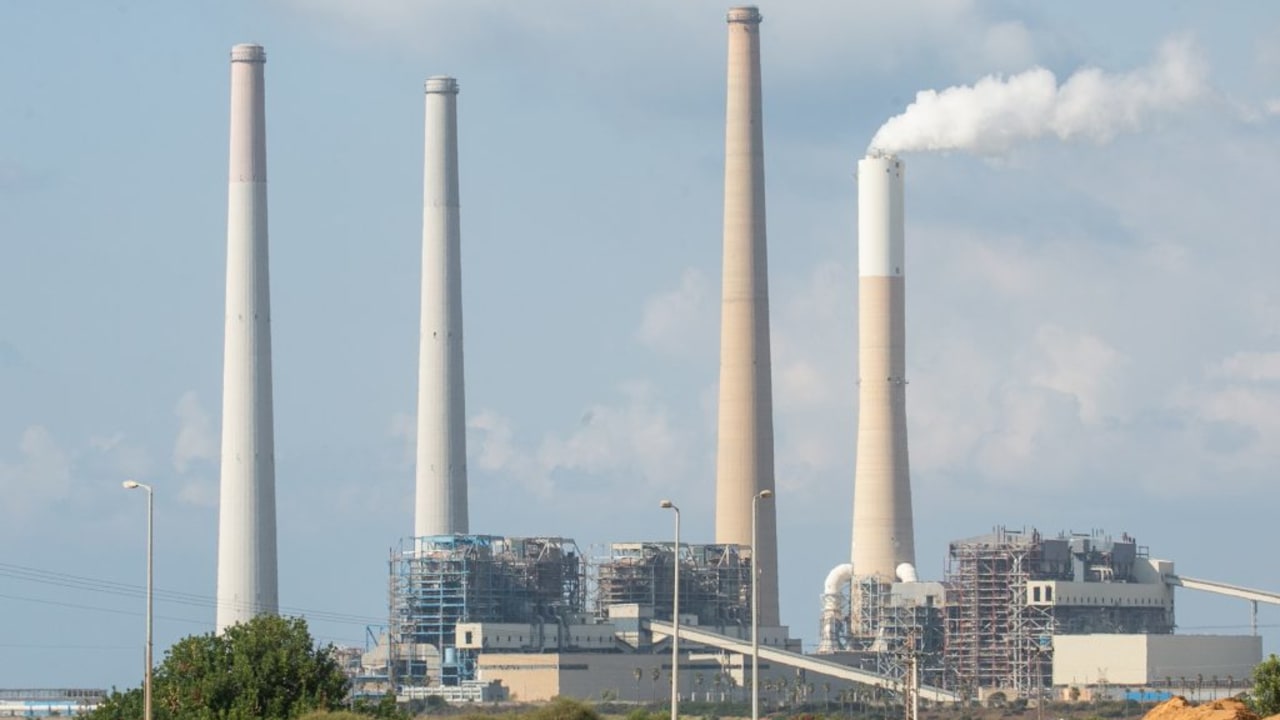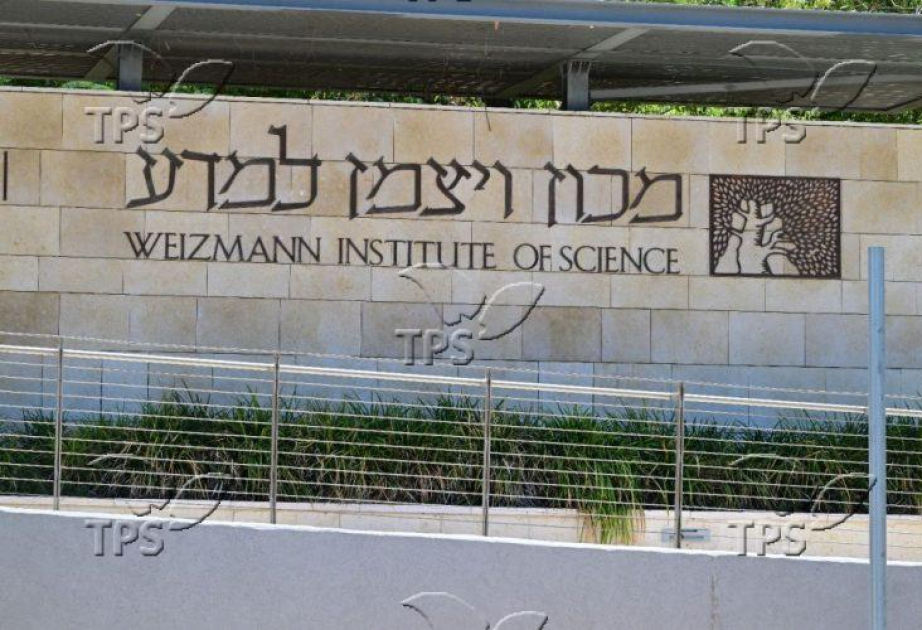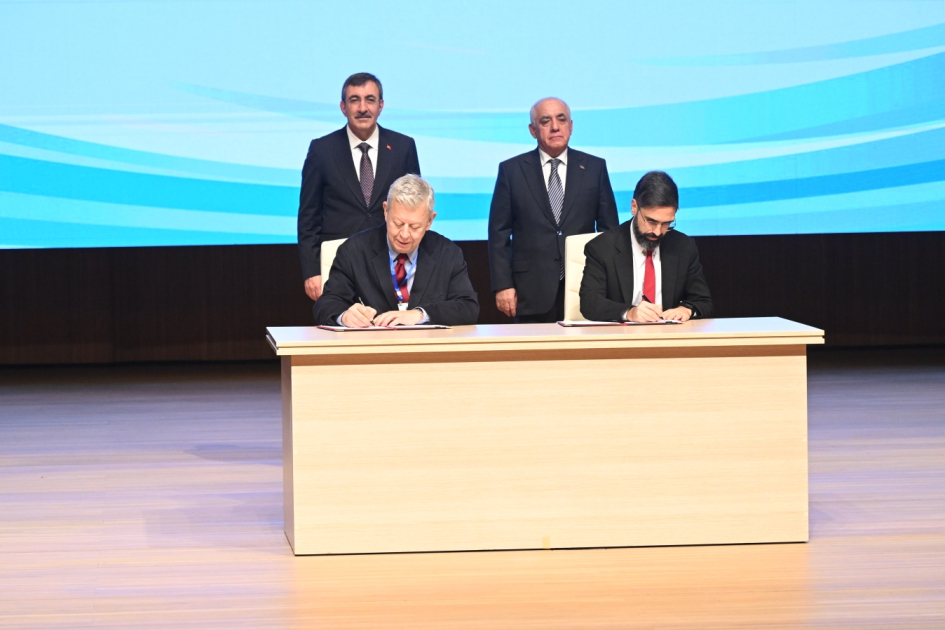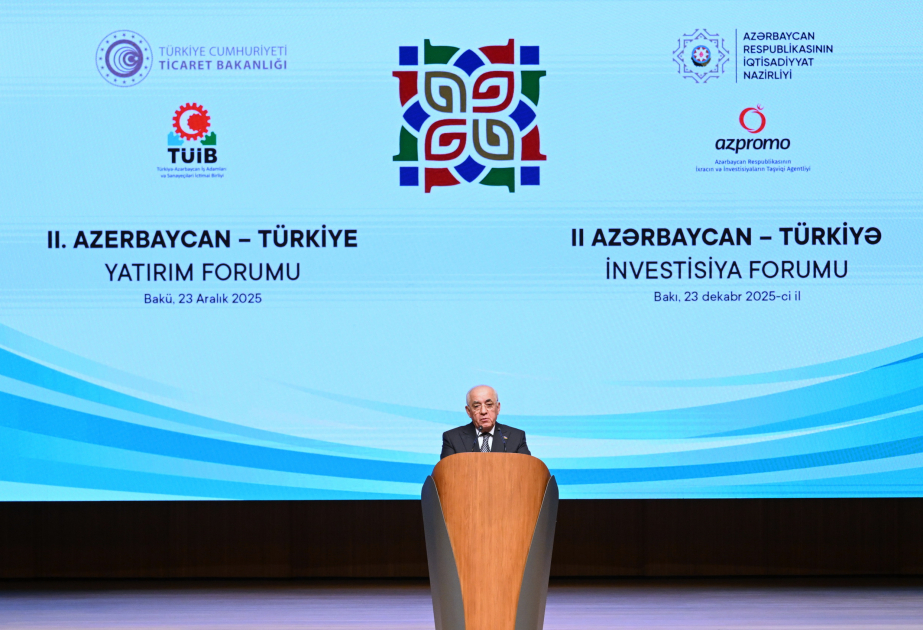South Korea has approved plans to develop homegrown missile systems designed to intercept targets at higher altitudes compared with existing ones, the state arms procurement agency said Wednesday, a move that could bolster its air defense capabilities against North Korean threats, according to Yonhap.
The Defense Project Promotion Committee approved a 1.06 trillion-won (US$777 million) development plan for the long-range surface-to-air-missile (L-SAM) II system and a 2.8 trillion-won (US$2.1 billion) development plan for the midrange surface-to-air-missile (M-SAM) Block-III system, according to the Defense Acquisition Program Administration (DAPA).
Under the plan, the envisioned L-SAM system will be able to intercept targets at a maximum altitude of 100 kilometers or higher from the current 60 kilometers, while the upgraded M-SAM system will double the maximum altitude for interception to 50 kilometers or above, according to DAPA.
A DAPA official said the Block-III version of the M-SAM system will be capable of defending simultaneous missile attacks with a defense range that is four times bigger than the current system.
The approved development plans for the L-SAM II and M-SAM Block-III systems will run through 2032 and 2034, respectively.
The L-SAM and M-SAM systems are designed to play a key role in South Korea's multilayered missile shield, called the Korea Air and Missile Defense.


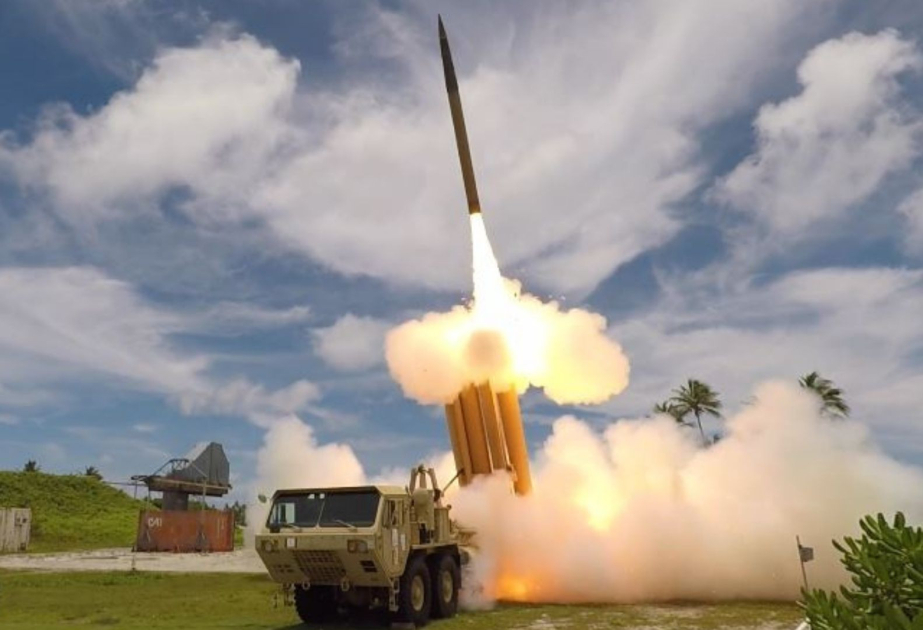
.webp)


